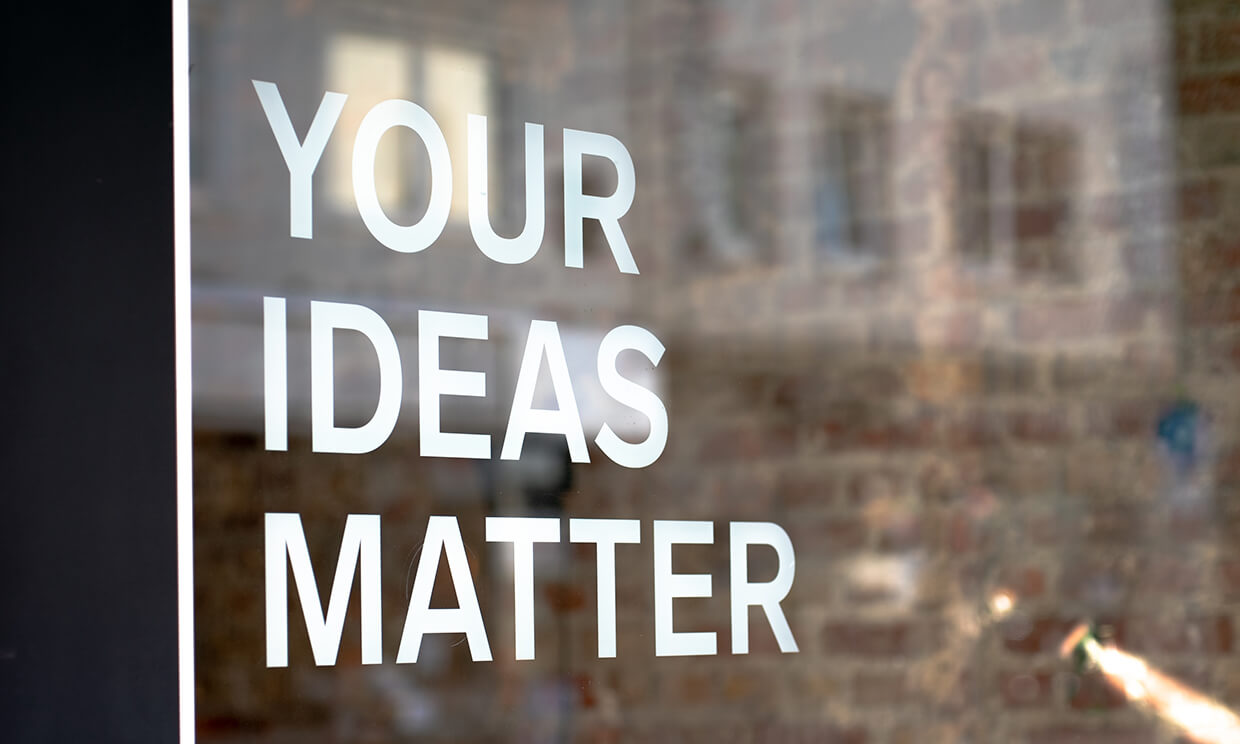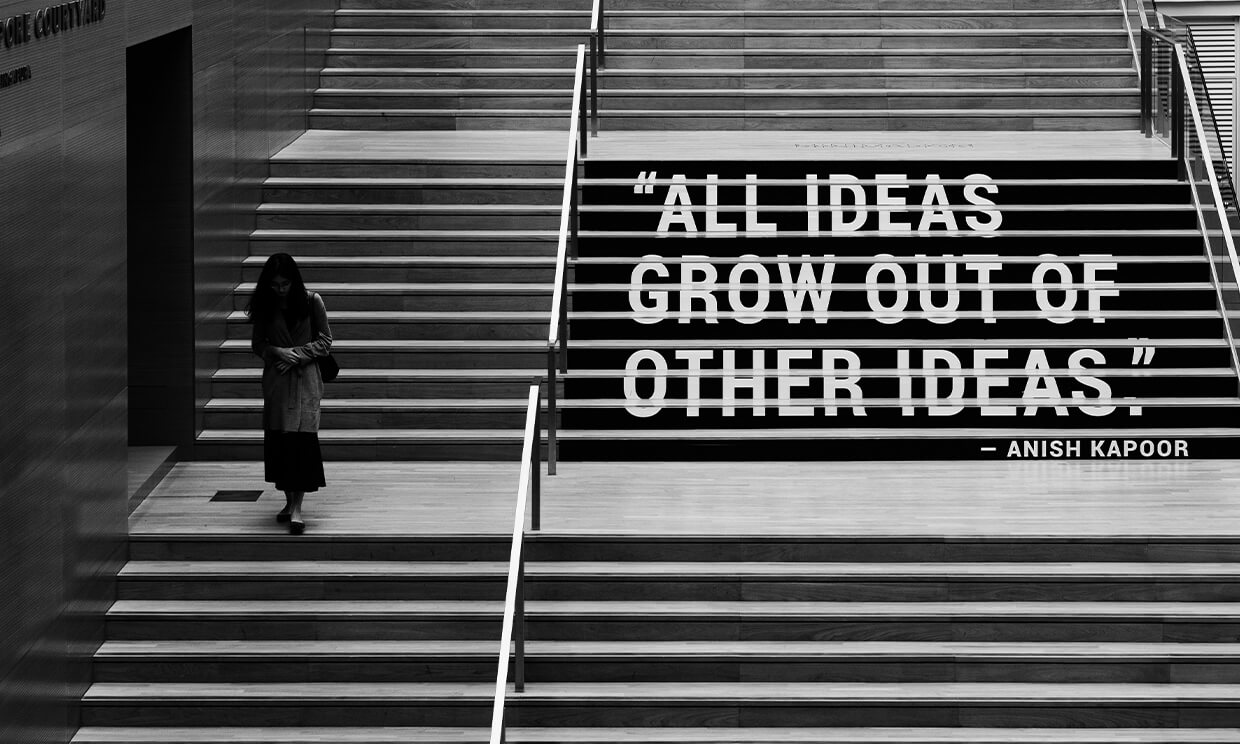Constantly coming up with great ideas is part of many professional roles. Being ‘the ideas person’ can form the basis of a person’s reputation. Yet for many, idea generation feels difficult, inconsistent, stressful and outside of their wheelhouse (it’s definitely not!).
In this blog, we explore how to minimise the pain and maximise the efficiencies of idea generation.

Yes, Ideas Have a Type
The Blue-Sky Idea
The Tweak Idea
The Experience Idea
The Outsider’s Idea
The Irrelevant Idea
The Hybrid Idea

Knowing Your Type
There are other ways to understand ideas but this list captures most of the common types. Understanding the type of idea you are developing enables you to pragmatically focus your efforts and craft your idea concisely. Knowing the type of idea you need hopefully removes some of the anxiety and stress you feel when generating ideas.
In Part 2, I’ll examine a process for generating ideas that you can adapt and make work for you. Before I finish, here are three quick and easy things I do to that make coming up with ideas easier:
1. Ask questions to yourself and any collaborators. Your questions may include:
- What do I want to achieve?
- What type of idea am I working on?
- What do I know that could make developing this idea easier?
- What do I need to know to make my idea successful?
2. Give yourself time to come up with your idea.
Once I’ve done my initial research, brainstorming and analysis, I move my attention away from idea generation and to something else.I keep aspects of the idea on my mental back burner and do something manual, such as cooking. For me, this balances the yin of thinking with the yang of doing helps ideas develop easier.
3. Keep notebooks around.
I use one without lines so I don’t see limitations. A lot of my ideas present as lists, diagrams or models in the initial stages. I have a notebook in my bag, beside my bed and at my desk. My ideas usually come when I am in a relaxed mood as my brain has permission to wander, creating new connections and insights.
To finish, idea generation can be a really satisfying activity in any part of your life whether it’s at work, home or out-and-about. Don’t be afraid to try, as practice makes you better at it!


